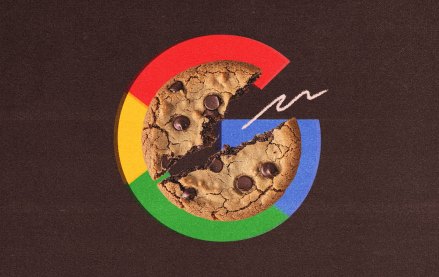Shopping for cars is a process that has changed dramatically during the last five years.
No longer are shoppers buying the weekend paper, looking for sales and specials and going from dealership to dealership in an attempt to find the best deal. Shoppers are researching, reading dealership service and car reviews, and doing their financing all online. They enter, in many cases, a dealership with a price in hand and ready to purchase. It might seem counterintuitive, but this level playing field benefits automotive brands.
Billions of dollars are spent in the marketing of cars and CMOs are basing their decisions on where that money is spent largely upon consumer research. The best research is based around the best data – relevant, current, and accessible. That said, Internet shopping has fueled a migration away from panel-based and focus group data collection solutions. When original equipment manufacturers or third-party automotive sites have the ability to look at hundreds of thousands of leads, clicks, visits, and other conversions – such as social media activity – monthly and analyze that data in near real time then it is plain that the predictive methods employed even as recently as five years ago are antiquated.
More modern tools, such as data management platforms, allow us to aggregate and segment real-time, hyper-intent automotive audiences for analysis and distribution. That sea-change in data accessibility has impacted the way product lines are developed and audiences are segmented.
Ten years ago an automaker had maybe five to seven models in their lineup. Now look today at many major automakers and you will see that they have as many as 18. What is driving that? Research.
When automakers would look at a target like sport-utility vehicle, and see within that an audience for a crossover SUV and a functional compact SUV for outdoor consumers then that insight and research becomes the key driver of product line innovation as well as marketing strategy.
Automakers have pursued this type of granular auto segment development with the creation of more specialty vehicles for more focused consumer groups. Automakers and agencies will continue to demand audience management that can keep up with the way strategy and product lines are now developing when making marketing buys and research inquiries.
It is crucial to possess tools that can manage, monitor, and monetize your audience and at the same time create a dynamic offering.
If you don’t have the tools to optimize and manage audience segmentation then your strategy, and your business, is being left out of the only conversation that really matters: the one between your brand and the consumer.
Kyle Pratt is Senior Director of Corporate Development for Autobytel.
More in Media

Media Briefing: Efforts to diversify workforces stall for some publishers
December 12, 2024
A third of the nine publishers that have released workforce demographic reports in the past year haven’t moved the needle on the overall diversity of their companies, according to the annual reports that are tracked by Digiday.

Creators are left wanting more from Spotify’s push to video
December 11, 2024
The streaming service will have to step up certain features in order to shift people toward video podcasts on its app.

Digiday+ Research: Publishers expected Google to keep cookies, but they’re moving on anyway
December 10, 2024
Publishers saw this change of heart coming. But it’s not changing their own plans to move away from tracking consumers using third-party cookies.





